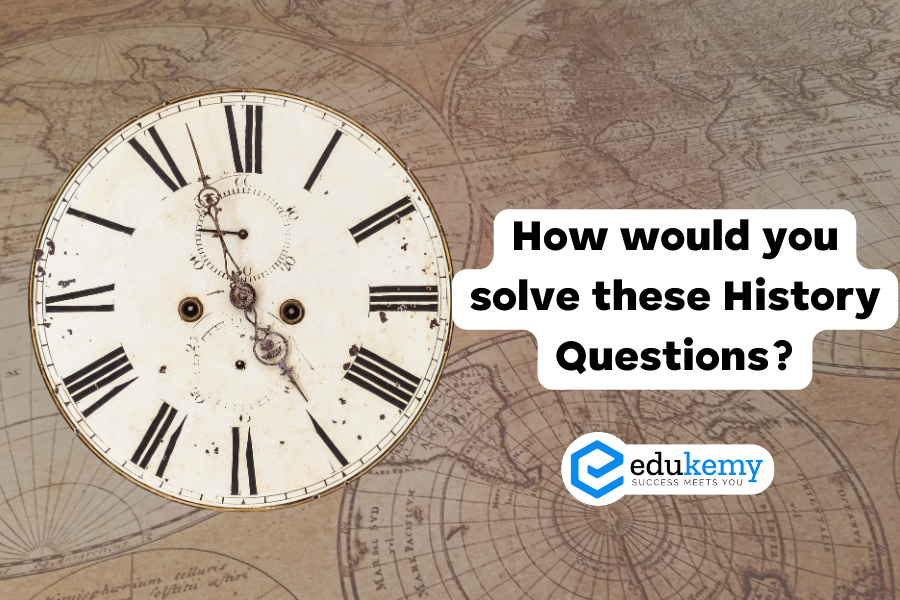If you are reading History for UPSC like it should be – focusing on concepts rather than just facts – History will be fun & rewarding!
Mind you – these concepts are not directly mentioned in the book. You need to logically deduce certain findings through continuous reading & going deeper into the topic.
For example, consider this question from UPSC Prelims 2019:
Who among the following Mughal Emperors shifted emphasis from illustrated manuscripts to album and individual portraits?
(a) Humayun
(b) Akbar
(c) Jahangir
(d) Shah Jahan
The correct answer is Jahangir.
But how could we come to this?
We all know a few things – Babur was into battles & never interested in Paintings & Art. Next came Humayun, who introduced Paintings. Akbar was interested in Paintings, & he built alot of illustrative paintings. He also started portraits, but his obvious focus was on illustrated manuscripts. For a fact, we also know that Jahangir was also interested in paintings, & that Shah Jahan was interested in Architecture (Taj Mahal?)
So, if so much work is already done in illustrated manuscripts by Akbar, it only makes sense for Jahangir to work extensively on individual portraits.
Similarly, look at this question:
“Yogavasistha” was translated into Persian by Nizamuddin Panipati during the reign of:
a) Akbar
b) Humayun
c) Shajahan
d) Aurangzeb
The correct answer is Akbar.
Now note this – while reading about Medieval Historical Art, you should deduce that all translations that have happened during this time, were either done by Akbar, or Dara Shikoh.
In this, Dara Shikoh only translated two – Upanishad & Geeta.
So, if UPSC asks about translations of any book apart from the above two, it will always be Akbar!
While reading History for UPSC – try to go deep inside patterns.
Deduce as much as you can.
Come up with perspectives that are mentioned nowhere in the books directly!
Our GS Integrated Batch is starting with History. Check out our EMI Options!
Follow us for more such content on our Official Telegram Channel!

